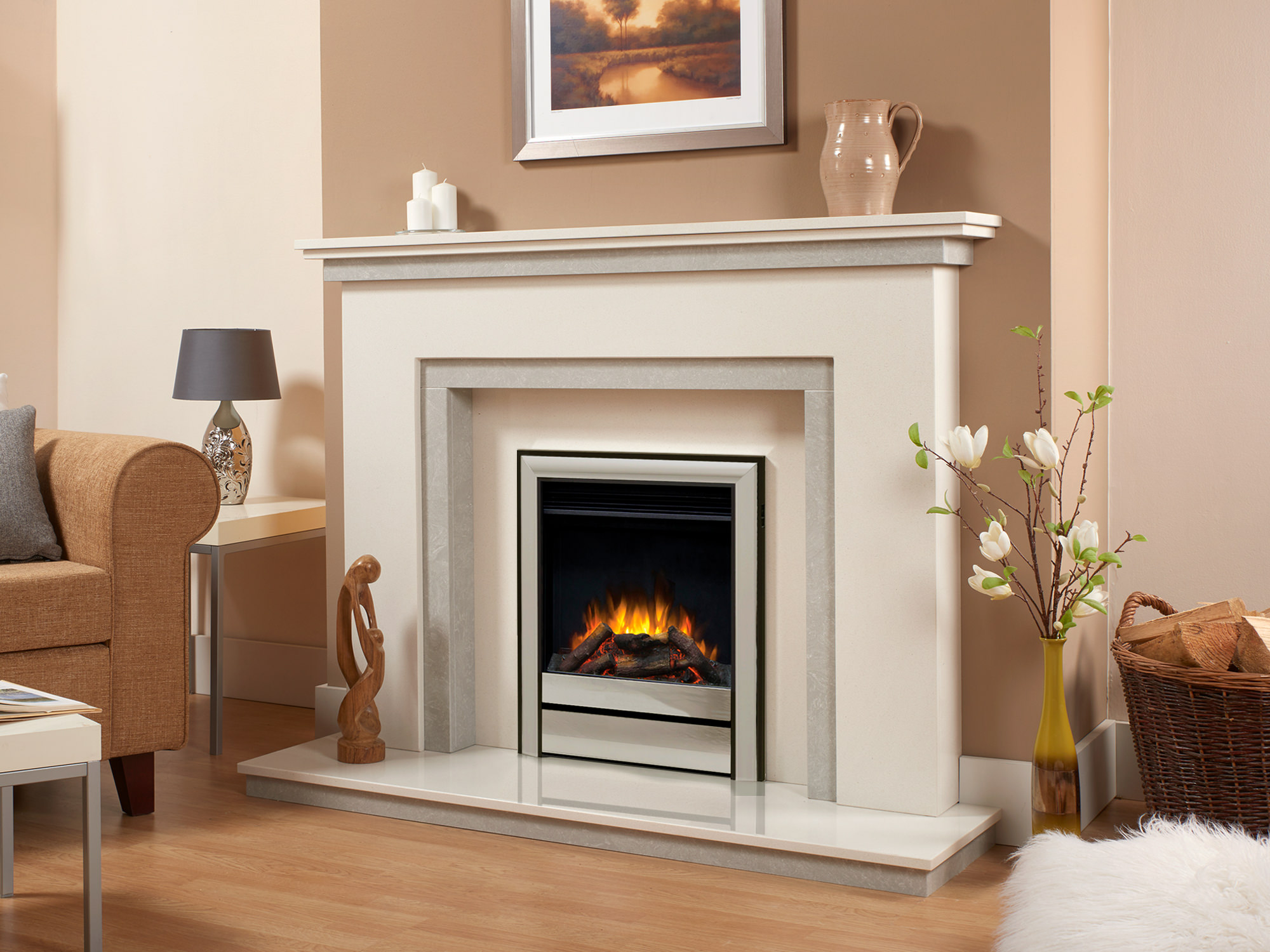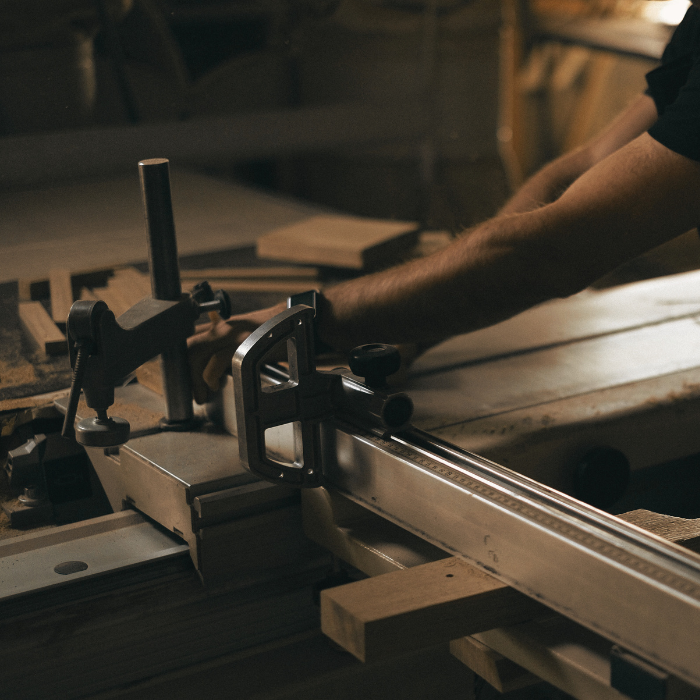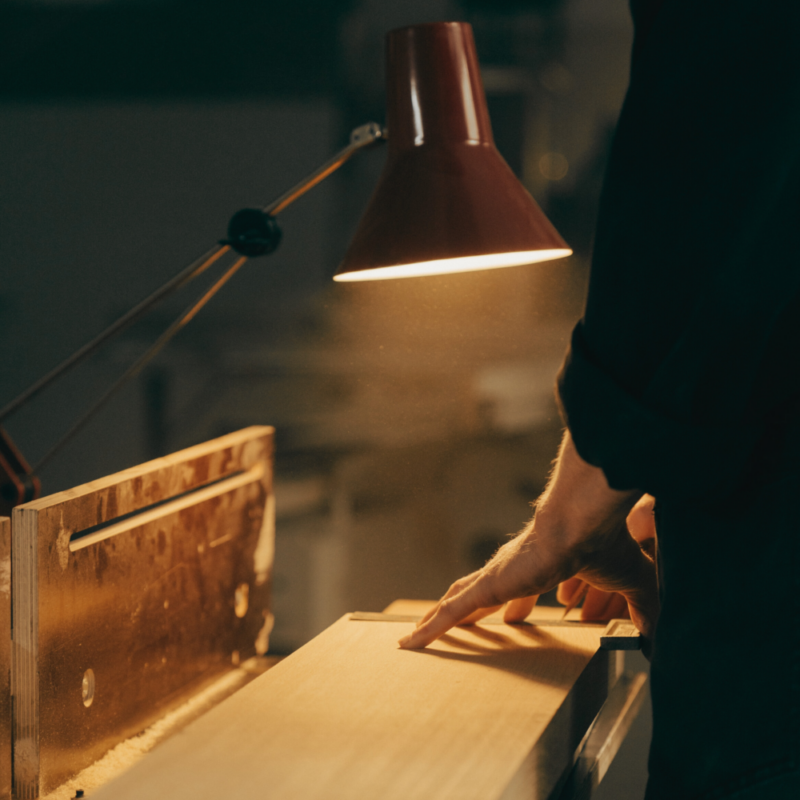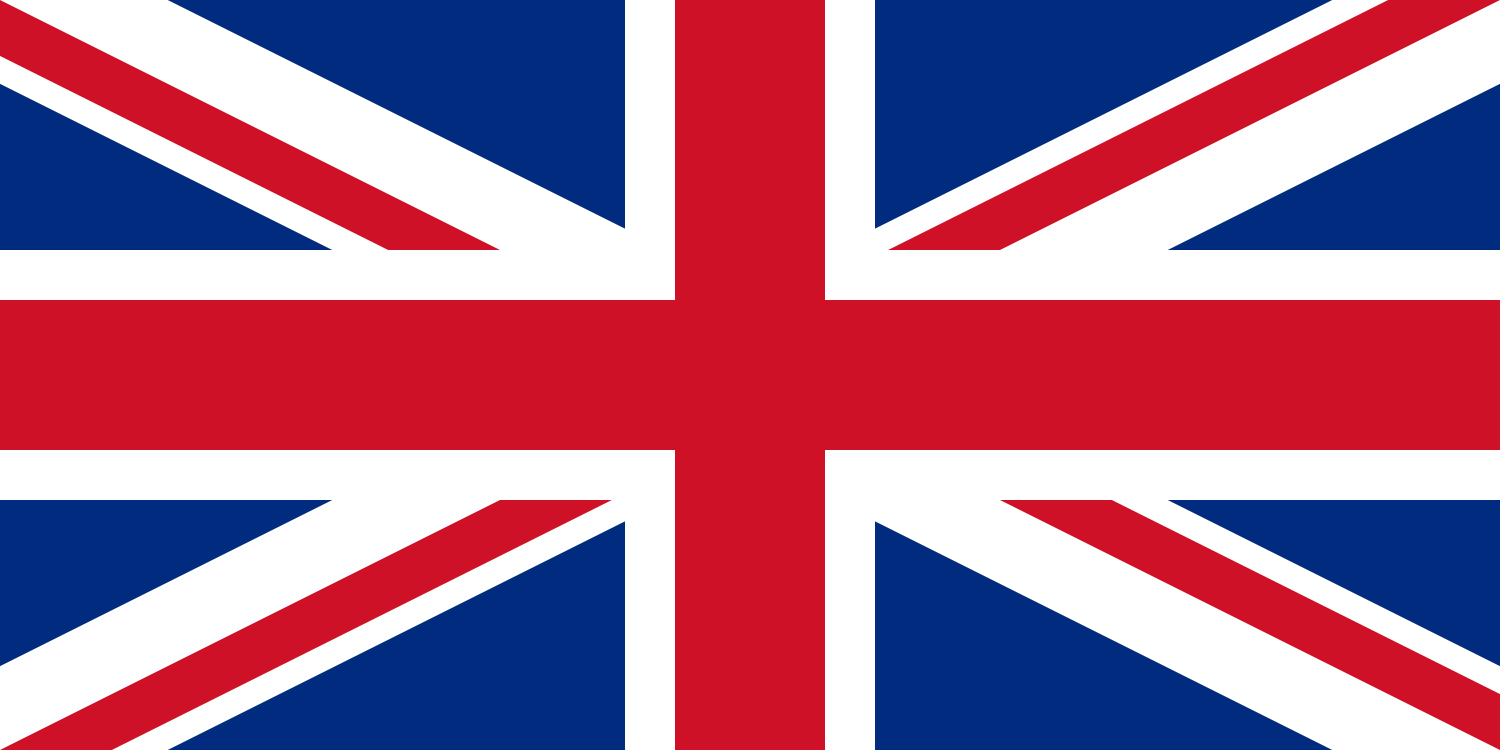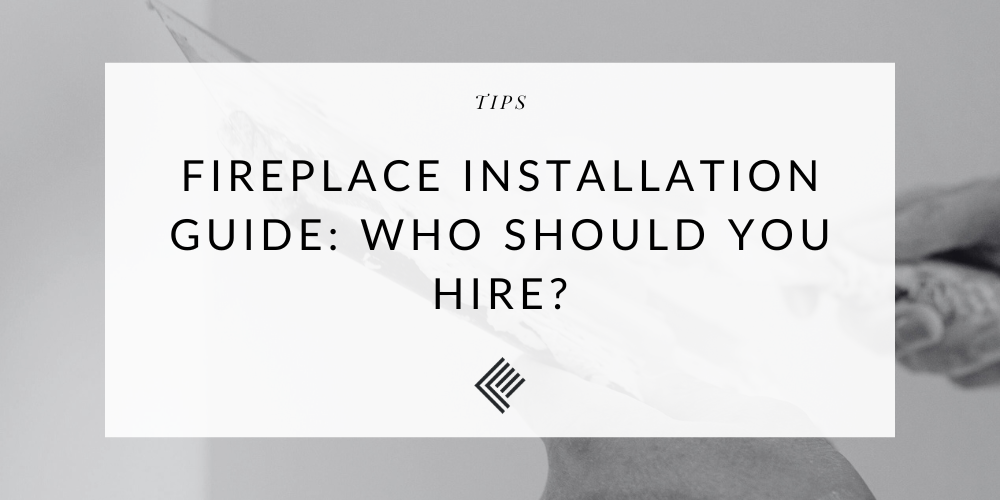
Table of Contents
The summer months are the warm times when you can toss a tea towel over the heater and forget about the cold days while you sun yourself outdoors. Unfortunately for you, oh summer lover, summertime is also the best time to consider your winter heating options. If you leave your heating plans for next autumn and winter, it’s too late; you’ll be one of the millions of people all trying to get access to the same services as the weather begins to turn icy. Take our advice and turn your thoughts to winter warming while it’s still hot outside.
If you’re tired of wheeling around that bulky heater, now is the perfect time to upgrade your home with a gas, electric, or wood-burning fireplace. Each of these options comes with its own wins and drawbacks, beginning with the installation of the fireplace itself. Many of the handy DIY people out there considering installing a fireplace will want to do as much of the installation themselves as they can.
Some people looking for a chic, cosy, and functional fireplace will want to hire a professional to do the whole job as they have no expertise in the area themselves. Worry not- we’re here to share our advice on who you should turn to for fireplace installation and what pitfalls you’ll need to look out for while you’re getting your home kitted out for winter. Let’s take a look.
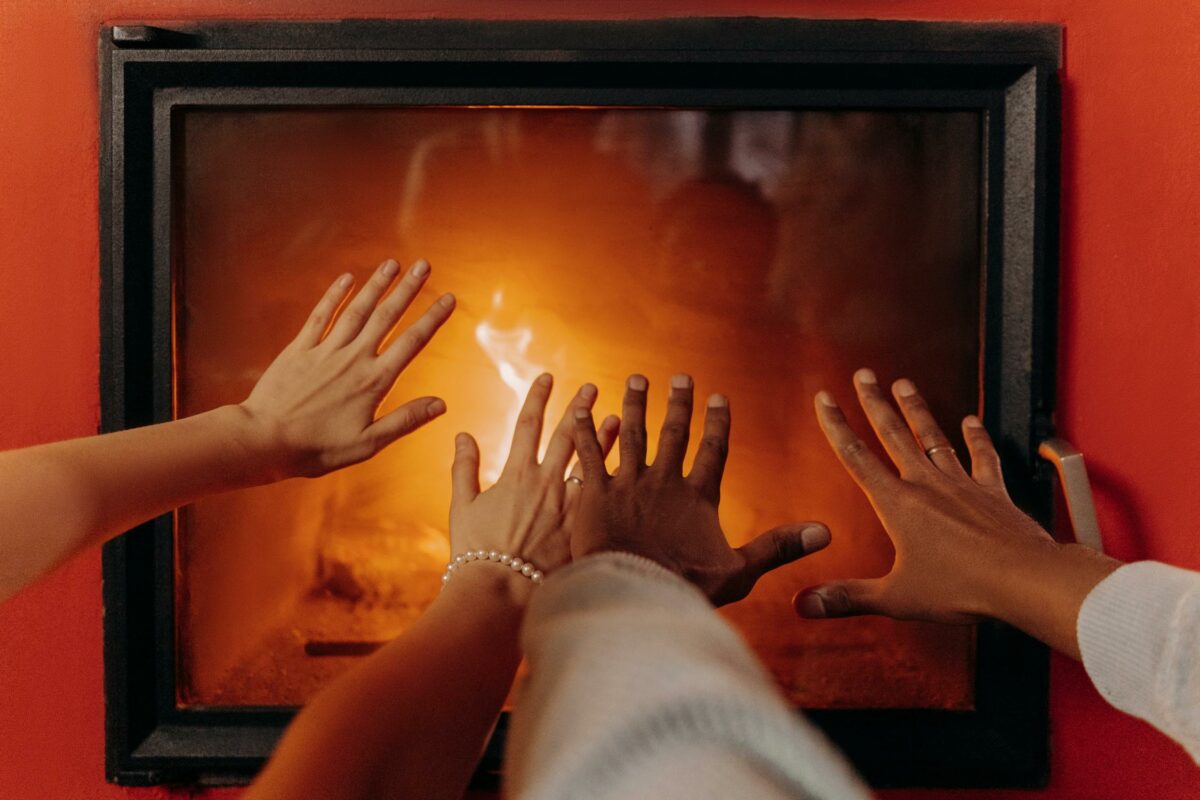
Gas Fireplace
Benefits: A very safe option, even with kids and animals in the house. Gas can be cost-effective depending on the space you need to heat or which gas company you use! (For more on gas fire efficiency check out our article titled Leverage Gas Fire Efficiency for a Cosy, Affordable Winter)
Drawbacks: Gas fireplace installation costs can be high, especially if you do not already have a gas supply set up.
Gas Fireplace Installation
Housebuild.co.uk has the following to say about the regulatory site of gas fireplace installation:
“Gas installations also have to comply with the Gas Safety (Installation and Use) Regulations, which require anyone undertaking gas work to be competent. Any gas engineering business, whether an employer or self-employed, must be a member of a class of persons approved by the Health and Safety Executive (HSE).”
Housebuild.co.uk – Section 3: Additional provisions, for gas burning appliances
Essentially, what this means is that you may not complete the installation of a gas fireplace in your own home unless you have the required skills and experience to do so. So who are you gonna call? The professionals!
Most, if not all, companies that sell gas fireplaces will offer some kind of installation service or work with a third-party service that does the job. Since you want your gas fireplace to look stunning in your home and function as a practical heating solution, it’s best left to those who know what they’re doing. Fireplace installation can be a complicated or simple business, depending on the space you have to work with, the location of your gas supply, and whether you need to have it put in along with the fireplace. Your company will be able to give you a quote for the installation and go over the process with you once they know:
- Which unit you wish to install in your home
- What the space looks like
- How far your home is from their location and approximately how long the work will take
If you’re unsure of who to hire for the installation and have no options provided by the company supplying the fireplace itself, check out our handy guide with Tips to Check a Gas Safe Engineer is Legit! Ensure you’re looking for professionals with titles like “gas fireplace fitter” or “gas fireplace installer” as other gas professionals may not have the skills and experience to safely fit your gas fireplace.
Electric Fireplace
Benefits: Electric fireplace suites are the most eco-friendly, with zero carbon emissions to their name (other than the ones already associated with producing and distributing electricity). They are also inexpensive and very easy to maintain.
Drawbacks: The lack of a real flame could be considered to be the major drawback of an electric fireplace.
Electric Fireplace Installation
If you’ve chosen an electric fire, you’ll have a slightly easier time with the installation. Every now and then, you’ll have an electric fireplace installation that is as simple as plug-and-play. In which case- good for you! Naturally, there are a lot of rules and regulations governing the way electricity is used and fed to appliances in your home, so if you understand these and have a good grasp of power supply and an understanding of electrical complications, you can go DIY on this one.
If you have a reasonable grasp of general DIY and masonry or carpentry, depending on your home and the location of the fireplace, all the better for this task. If you have none of the above skills and feel as safe working with electricity as a toddler with a metal fork, we suggest you call in the professionals. The main complicating factor of the fireplace installation will be the unit’s electrical supply which may need hardwiring into your existing system – a certified electrician can do this, a good handyman can do the rest.
If you’re planning to install a Media Wall, many solutions come with built-in installation costs. For instance, our media wall suites are installed by our in-house professionals, eliminating the need to search for an external installer!
Wood-Burning Fireplace
Benefits: There is nothing as cosy as the sight of real flames dancing in a traditional fireplace. Burning logs is also a cost-effective heating solution for many homes.
Drawbacks: Burning wood releases smoke and air pollutants that can contribute to respiratory and environmental issues.
Wood-Burning Fireplace Installation
So you’ve chosen a traditional, wood-burning fireplace. We’re sure you’re looking forward to a cosy winter by the crackling fire in your new hearth, but this daydream will quickly become a nightmare if you don’t have your fireplace and chimney built or installed properly. If you’re interested in building a brick fireplace and you have no understanding of building, engineering or architecture, you’re going to have to let the professionals take this project all the way from start to finish. You could do irreparable damage to your home and cause a litany of physical injuries or even death if you attempt this as an unskilled DIY project- so please don’t!
If you’re having a wood-burning stove installed (this will be a freestanding unit made of steel or cast iron attached to a flue), you could have a much easier time with the fireplace installation. If you love a good bit of DIY, now is your moment to shine. You may still legally install a wood-burning stove in your home yourself. There are regulations and a wealth of manuals online to help you through this, whilst you’ll need to be a touch more experienced than being able to sling a brick here and drill a hole or two there, you may be able to manage the installation yourself. You’ll need:
- The stove unit itself, purchased from a company that adhered to all UK regulations and best manufacturing procedures.
- The flue pipe. This is the metal pipe that will connect your stove to the external vent or chimney. It is essential to ensure that you install this component properly for health and safety reasons.
- The chimney cap. This is the little metal “hat” that sits over the top of your chimney and keeps rainwater, birds, and debris from falling down your chimney and causing blockages.
- A hearth for the stove to sit on. Non-combustible materials like granite or stone are best.
- A chimney liner and register plate, if you are connecting to an existing chimney. These ensure that no smoke leaks back into your house and that the base of the chimney is tightly sealed, respectively.
- Fireproof sealant or mortar.
- A carbon monoxide detector for your home.
If this all sounds a little bit too complicated for you, it’s best to get a professional of whom is HETAS registered in to handle the work and ensure that everything is safe and in good working order before winter comes.
A Warm Winter Awaits
If you take our advice and make hay while the sun shines, so to speak, you’ll have your heating solution completely installed and functioning in time for this winter. Whether you choose a gas, electric, or wood-burning fireplace, fireplace installation doesn’t have to be a chore. If you choose to do it yourself (where possible) there is a wealth of YouTube videos, Pinterest step-by-steps, and even advice from professionals available free of charge online. If you choose to have the fireplace installation done professionally, you’ve even less to worry about. Either way, you can look forward to a warm, cosy, and comfortable winter this year.

